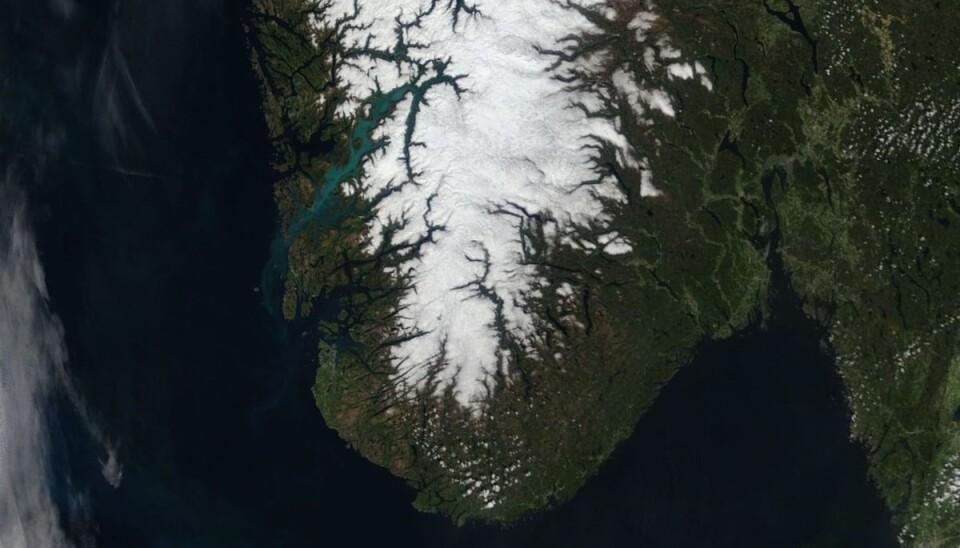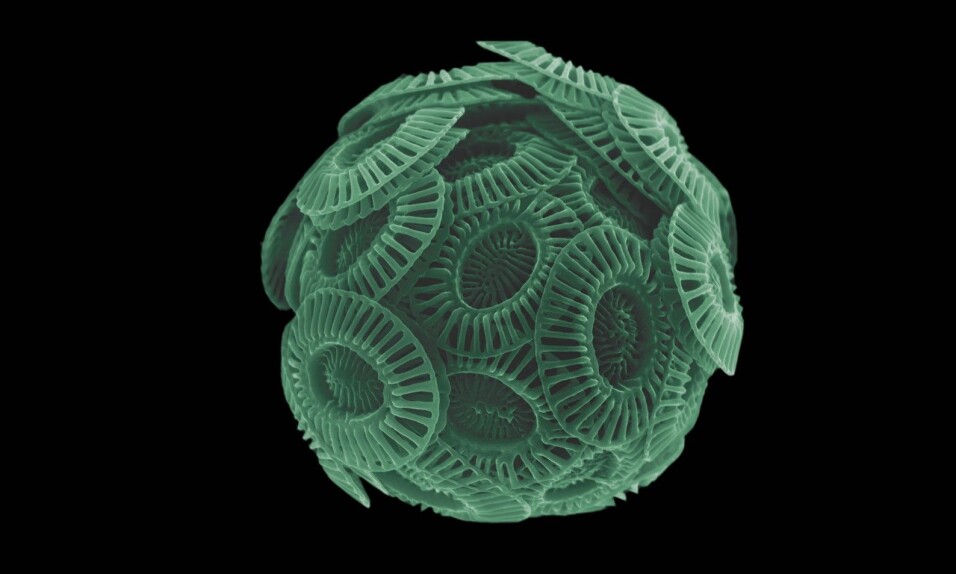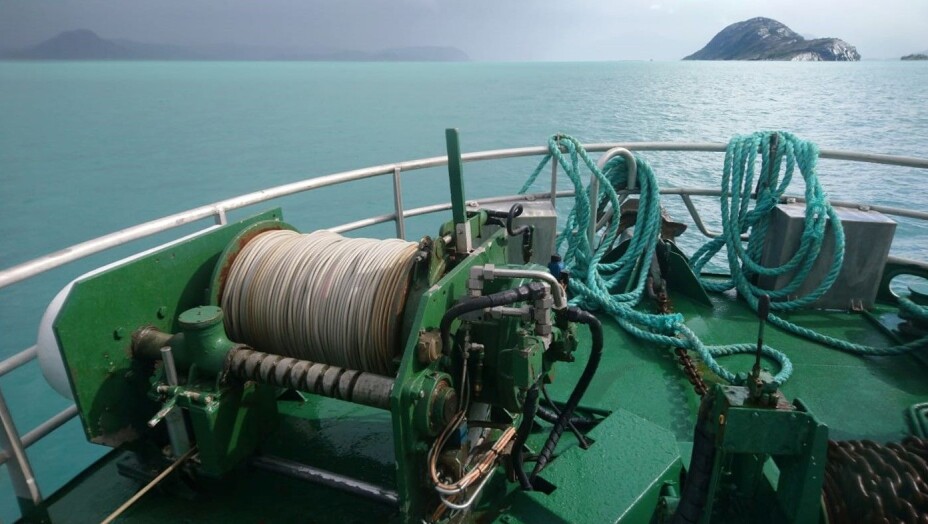This article is produced and financed by the Institute of Marine Research - read more

Why the fjords turn green
Hardangerfjorden has developed a clear green tint, prominent enought to be observed from space. The reason is microscopic.
The calcifying alga Emiliania huxleyi is currently blooming, as it often does in spring.
The surface of this microscopic unicellular alga is covered in small calcium carbonate scales. When sunlight reflects off them, it gives the sea a characteristic turquoise appearance.
“There doesn’t necessarily need to be as much of it as you might think, because Ehux, as we call it, sheds lots of calcium carbonate scales into the surrounding water”, says the plankton researcher Lars-Johan Naustvoll.

Last year at around this time, the bloom of the “killer alga” Chrysochromulina leadbeateri killed large quantities of farmed salmon in northern Norway. (Read: What we know about the so-called "killer alga") In contrast, Emiliania huxleyi is a microalga that is harmless to both people and fish, although it does form large, highly visible blooms.
“The only hazard it poses may be reduced visibility for people in boats. Fishers also report a reduction in their catches. That could be because the reduced visibility also makes it harder for fish to locate prey, which may cause them to move”, explains Naustvoll.
It’s not clear what causes Ehux to bloom. Sometimes it does so when there are very few inorganic nutrients in the affected area, but it in turn provides food for zooplankton and mussels. Calcifying algae reproduce rapidly by cell division. One becomes two, two become four and so on.
Emiliania huxleyi is most common when waters are warm and there is little wind. It is found all over the world, mainly from tropical to temperate latitudes, but also in polar waters.



































